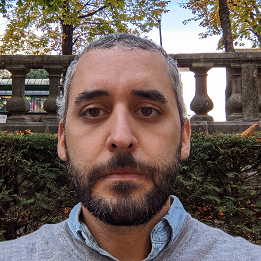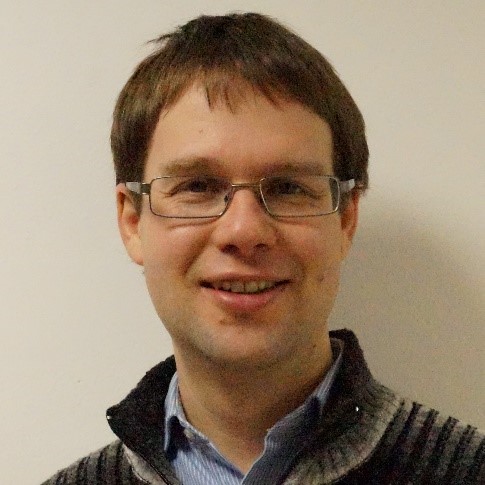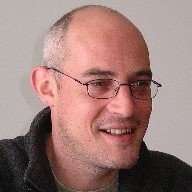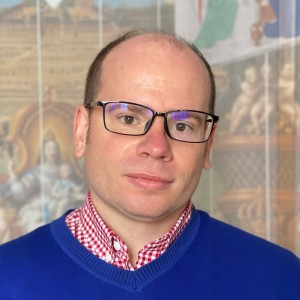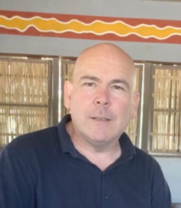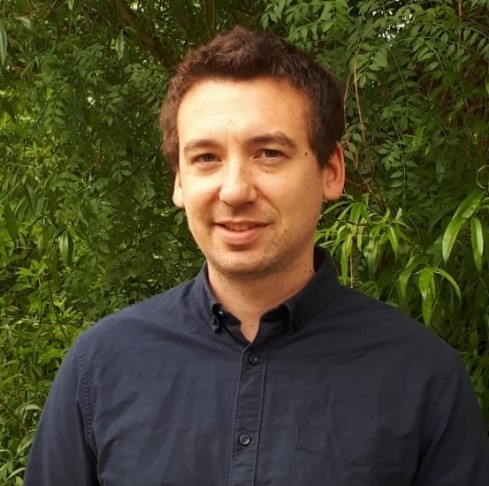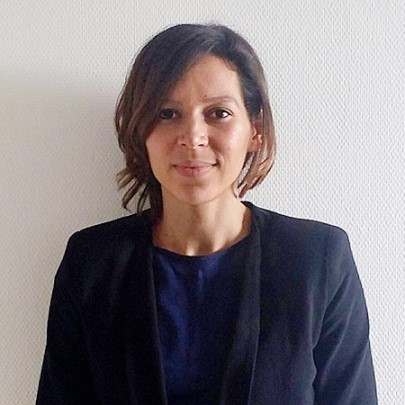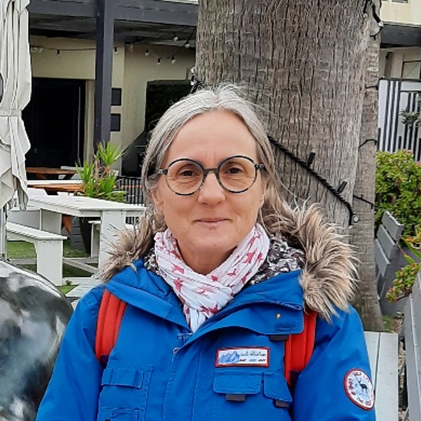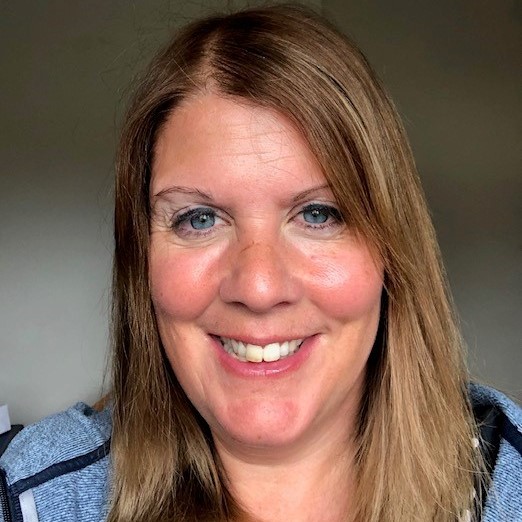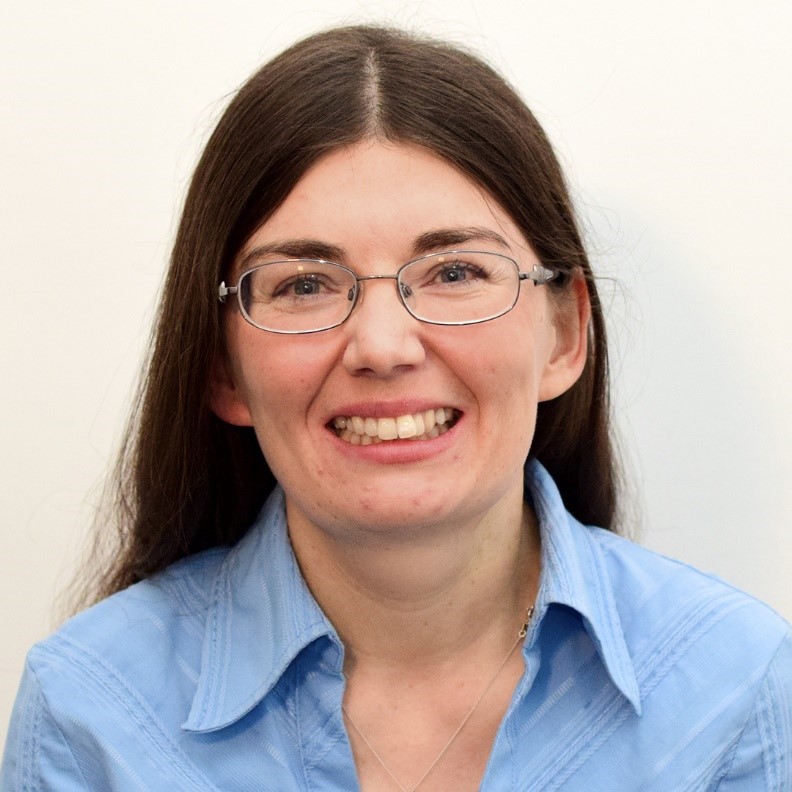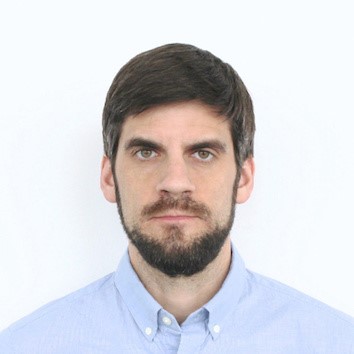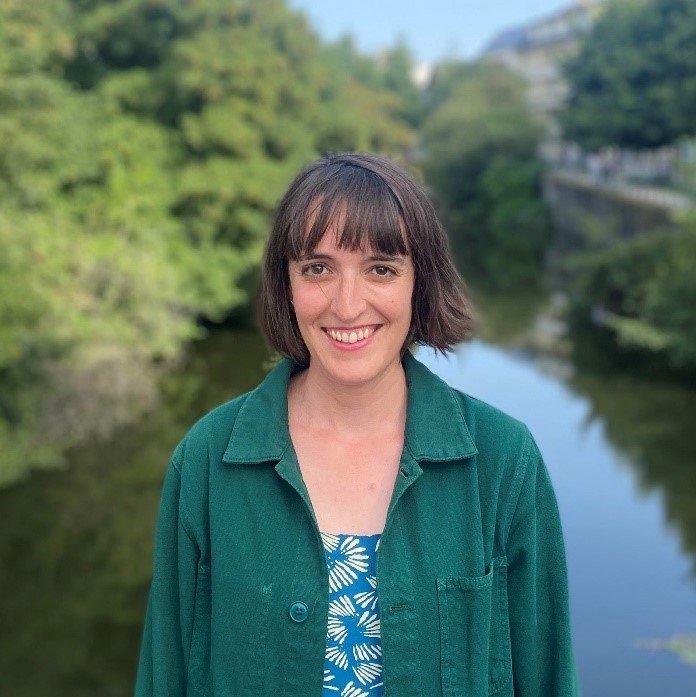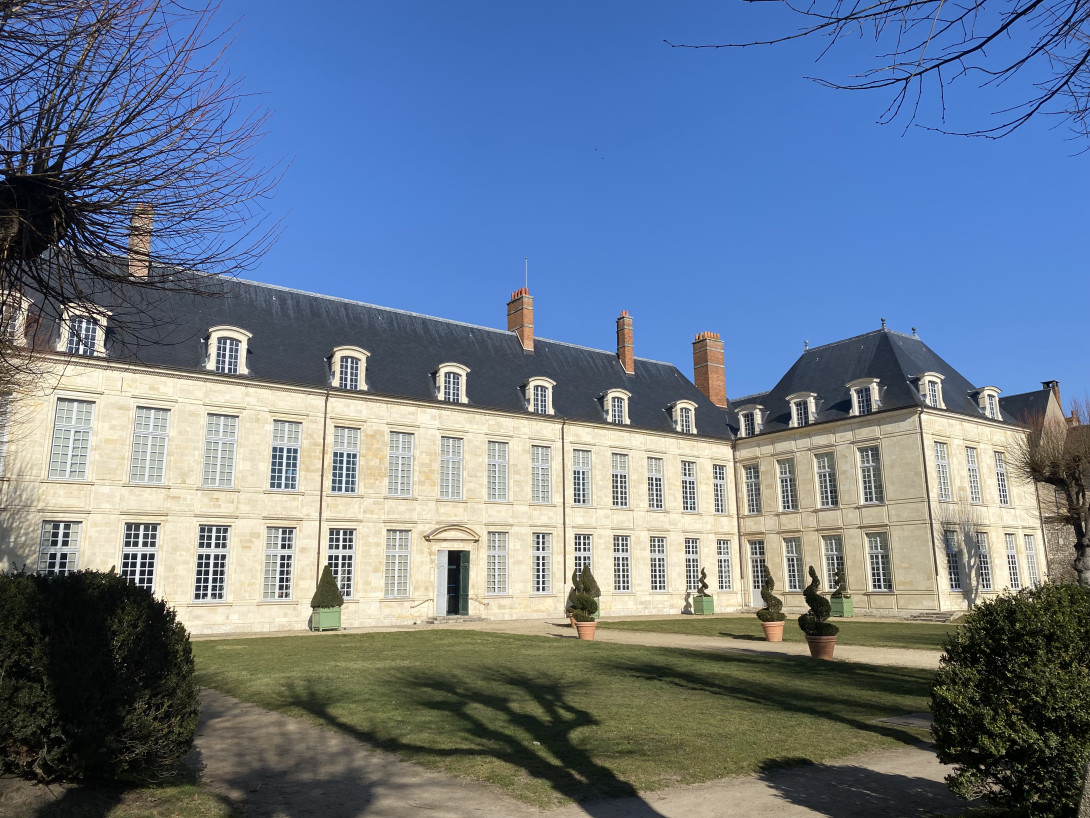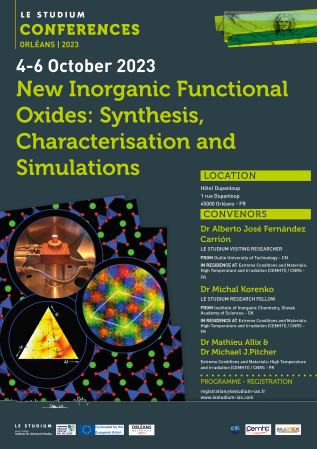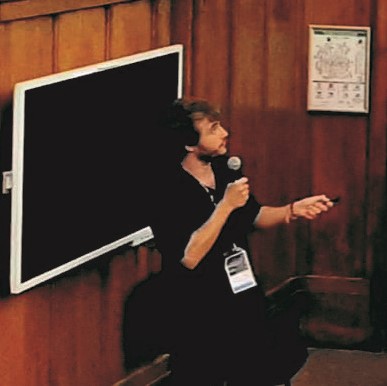
Convinced of persistent phosphors beauty and potential for state-of-the-art nanotechnologies, Victor joined the Institute of Materials Science of Seville (Spain, 2020) to focus on their elaboration as thin transparent coatings and their optical environment modifications. He hopes that this transversal approach will boost afterglow as to allow him spending the longest time as possible in cool and dark rooms, waiting for afterglow to vanish.
Wet-deposition of nanophosphor particles: an alternative method to obtain translucent films with original optical properties.
Persistent phosphors, typically rare earth- or transition metal-doped inorganic oxides, are unconventional materials featuring unique delayed and long-lasting luminescence also known as afterglow. Apart from their current commercial use as bulk powders for design and night signalization, the unique afterglow they feature rise increasing interest for emerging nanotechnologies. Indeed, processing persistent phosphors as thin transparent films allows designing advanced anticounterfeiting tags with high security level. In this context, thin translucent persistent phosphor films were prepared following wet deposition of precursor gels and colloidally stable nanoparticles. Syntheses and thin film processing methods were optimized not only to render homogeneous and translucent coatings but also to maximize afterglow emission. Thanks to deposition method flexibility as well as layer transparency, optical environment of persistent phosphor films have be modified in a controlled manner, allowing both enhancement and modifications of their properties without altering their composition. Indeed, our approach allowed obtaining coatings with remarkable time-dependent chromaticity, enhanced number of collected afterglow photons as well as energy storage speed-up. Our transversal approach offers promising opportunities towards the conception of persistent nanophosphors with intense and original properties, key features for designing dynamic anticounterfeiting tags.

